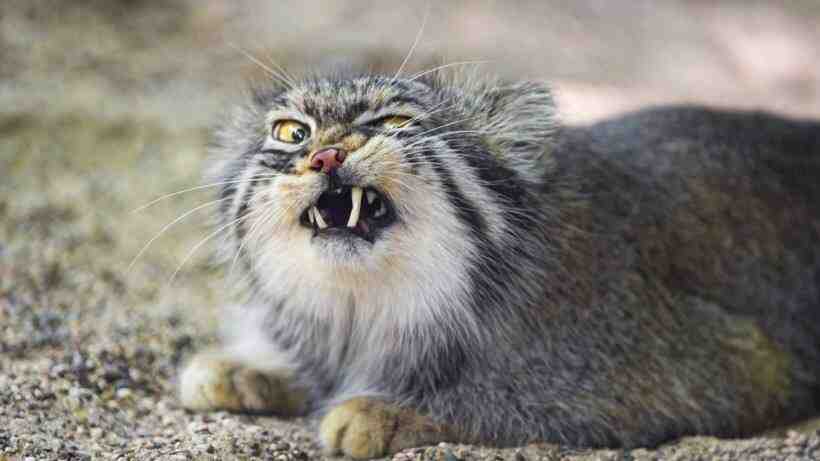
Otocolobus manul
Otocolobus manul,Pallas's Cat,Lynx, Ulun, Manau
Pallas's Cat has three subspecies (Pallas's Cat, Pallas's Cat an···
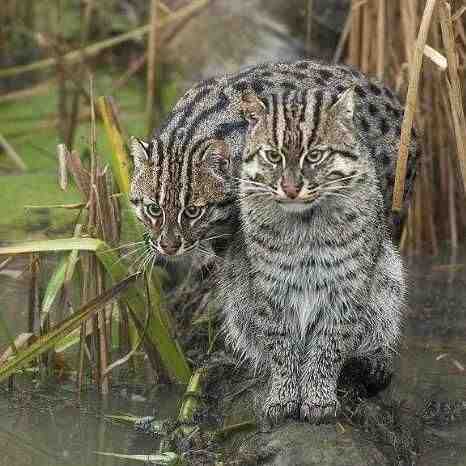
Prionailurus viverrinus
Prionailurus viverrinus,Fishing Cat , Chat Pêcheur ,Gato Pescador,civet cat, fishing cat, fishing cat
Fishing cats are slightly larger than domestic cats, with shorter tails, abo···
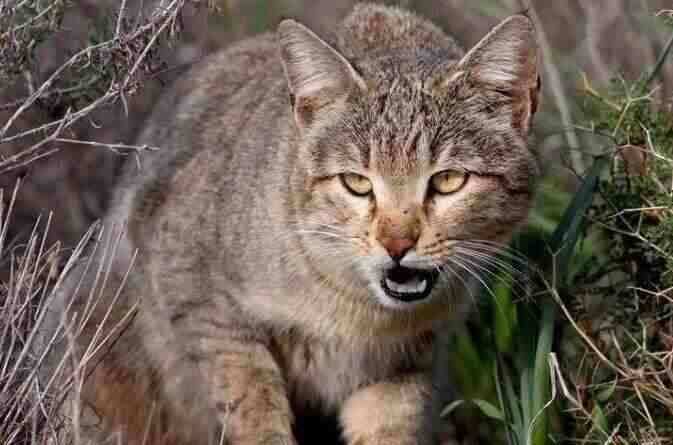
Felis silvestris shawiana
Felis silvestris shawiana,Shaw's Cat,Wild cat, desert spotted cat, bandicoot, Shache spotted wild cat
The steppe cat, also known as Shaw's Cat in English, is a Chinese subspe···
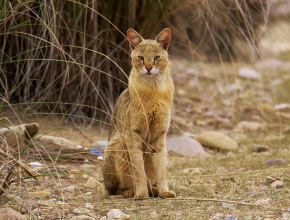
Felis chaus
Felis chaus,jungle cat,Wild raccoon, raccoon
The jungle cat is called jungle cat in foreign language. There are 9 subspec···
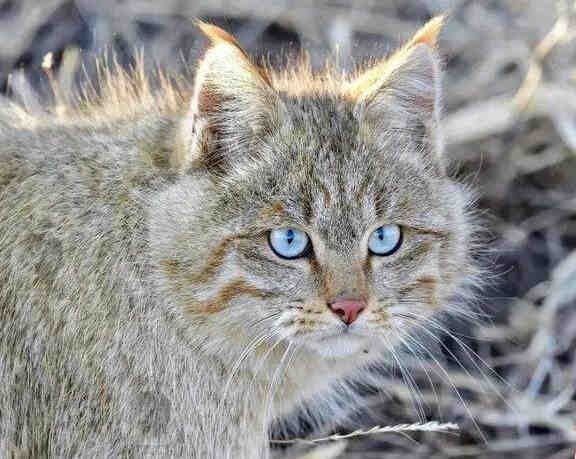
Felis bieti
Felis bieti,Chinese Mountain Cat,Felis chutuchta,Grass cat, grass lynx, wild cat, desert cat, Chetang Xiongbu
The desert cat is called Chinese Mountain Cat in English. It is a unique ani···
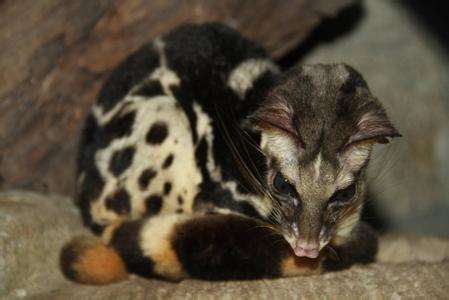
Prionodon pardicolor
Prionodon pardicolor,Spotted Linsang, spotted civet cat, spotted civet cat, oriental civet cat, leopard cat, cunning cat, tiger civet cat
Spotted Linsang, whose foreign name is Spotted Linsang, is a medium-sized ca···
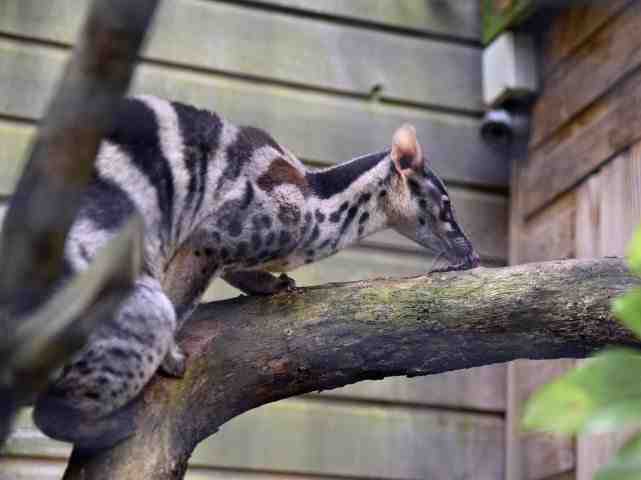
Chrotogale owstoni
Chrotogale owstoni,Owston’s Palm Civet,Barred civet, civet, gossip cat, striped civet, striped civet, Euston palm civet
The Owston’s Palm Civet is a large terrestrial civet with no subspecies. It···
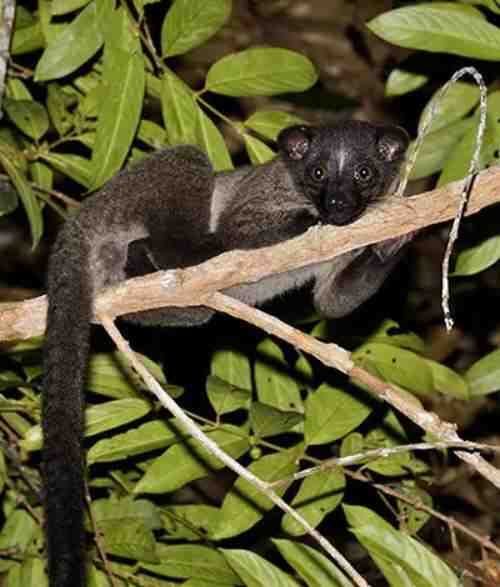
Arctogalidia trivirgata
Arctogalidia trivirgata,Three-striped Palm Civet,Small-toothed palm civet, Small-toothed civet, Three-striped civet
Small-toothed Palm Civet, also known as Small-toothed Palm Civet, has 14 sub···
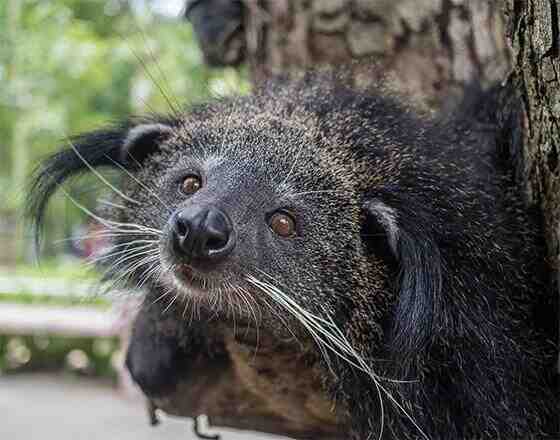
Binturong
Arctictis binturong,Badger,Panda
There are 9 subspecies of binturong, the second largest species in the famil···
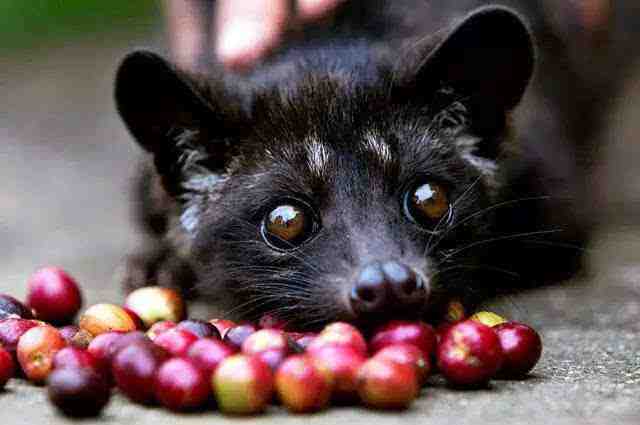
Paradoxurus hermaphroditus
Coconut civet, civet cat, glutinous rice civet
The body of the palm civet is slightly similar to that of the small civet, b···
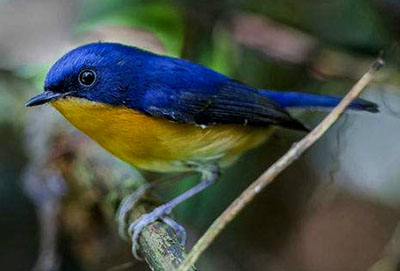
Ficedula hodgsoni
Dwarf Blue Flycatcher, White-browed Ochre-breasted Flycatcher, White-browed Purple Sand Flycatcher, Flycatcher, Wheat Flycatcher
The body of the Dwarf Blue Flycatcher is very small, about 10 cm; the beak i···
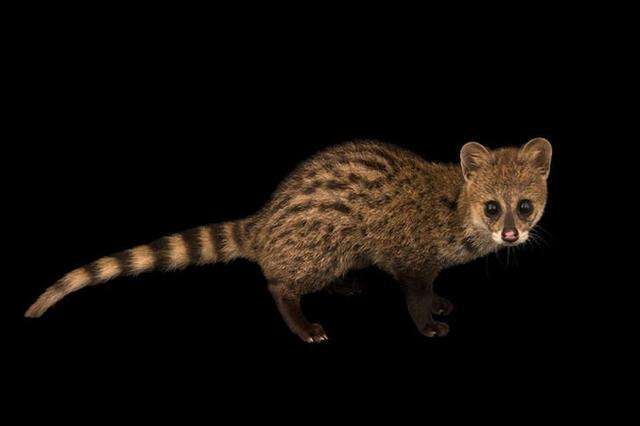
Viverricula indica
Small civet, seven-striped civet, black-footed civet, arrow cat, pen cat, spotted civet, fragrant civet
The small civet is a species of civet that is very similar to the large cive···
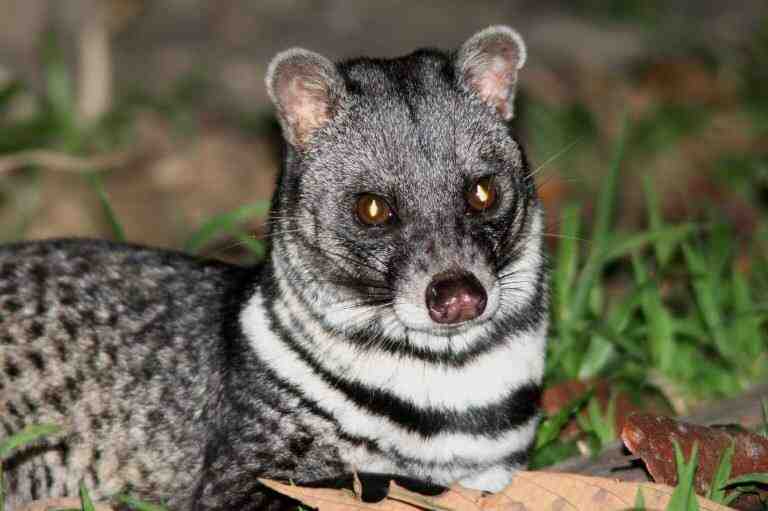
Viverra zibetha
Big civet, Jiujiang civet, Nine-section civet,Large Indian civet
There are 12 subspecies of the civet cat.The civet cat is solitary by nature···
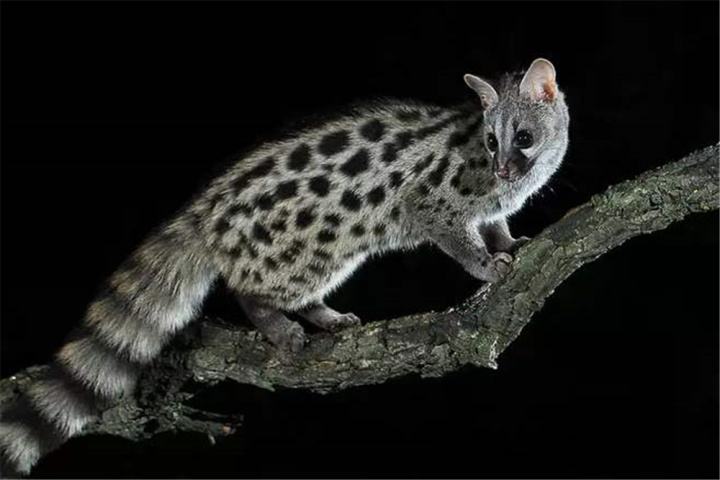
Viverra megaspila
Great Civet,Large spotted civet, spotted civet, stink cat
The Great Spotted Civet has no subspecies and is very similar to the Great C···
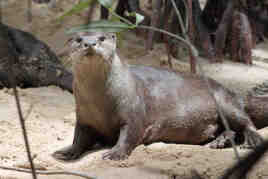
Lutrogale perspicillata
smooth otter, Indian otter, saltwater otter, short-haired otter
The smooth-coated otter is an animal of the family Mustelidae and genus Otte···
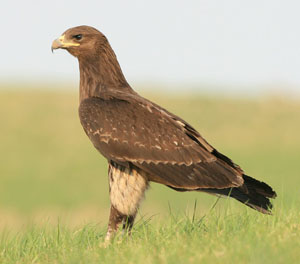
Clanga clanga
Wu Diao, Hua Diao, Tas, Wu Xiao Ni, Xiao Hua Zao Diao
The black eagle is a national first-class protected animal. Its body is dark···
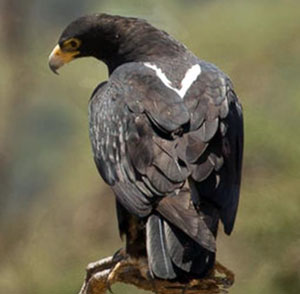
Aquila verreauxii
Black carving, flower carving, small flower soap carving
The black eagle is a species of the genus Accipitridae. It often inhabits wo···
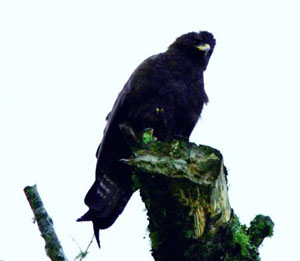
Ictinaetus malayensis
Forest carving, tree carving, tree eagle
The forest eagle is a medium-sized bird of prey and a Class II protected ani···
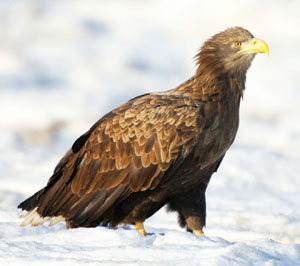
Haliaeetus albicilla
White-tailed sea eagle, white-tailed eagle, yellow-billed eagle, sesame eagle
The white-tailed sea eagle lives at an altitude of 2500-5300 meters. They of···
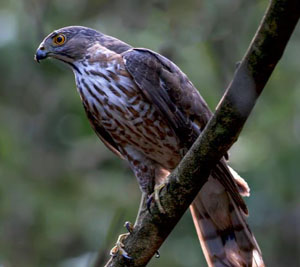
Accipiter virgatus
sparrowhawk, pine hawk, chest-wagging, sparrow thief, sparrowhawk
Sparrowhawks are secretive, alert, timid and difficult to observe. Once in t···
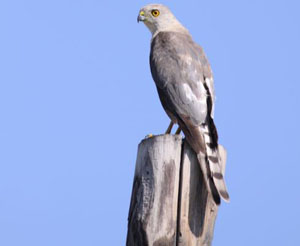
Accipiter badius
Brown-eared goshawk, Brown-eared sparrowhawk
The brown-eared hawk is much smaller than the goshawk. It often hovers in th···
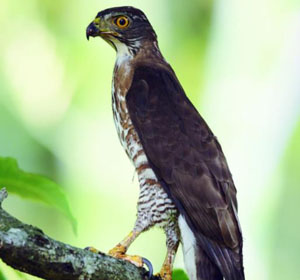
Accipiter trivirgatus
Crested Goshawk
The Crested Owl is a medium-sized bird of prey. It is a resident bird. It is···
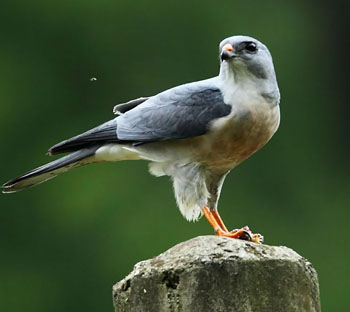
Accipiter soloensis
Red-bellied Hawk, Goose Hawk, Red-nosed Hawk, Pigeon Hawk
The red-bellied hawk is a small bird of prey with long, pointed wings. It is···
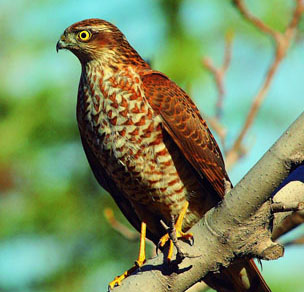
Accipiter nisus
Sparrowhawk, Yellow Hawk, Harrier Hawk
The sparrowhawk is a common forest hawk and an expert in preying on small bi···

Lutrinae
Otter, otter cat, fish cat, water dog, water fur, water monkey
There are 14 subspecies of otters.Otters love to play. They often stand up b···
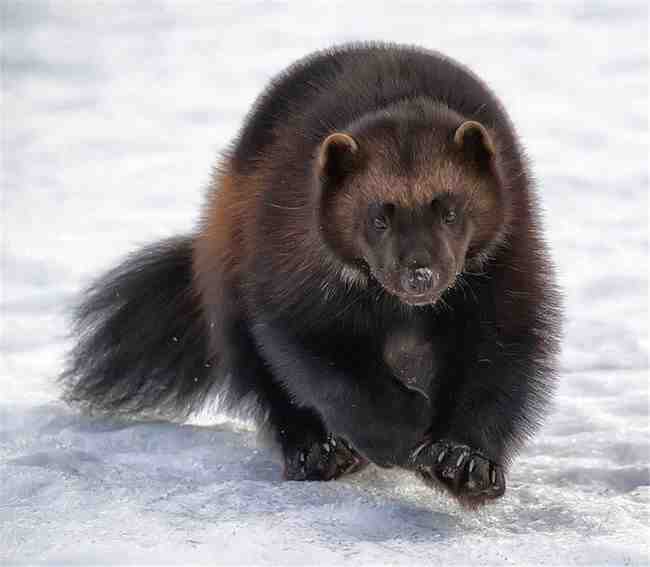
Gulo gulo
Marten, wolverine, moon bear, flying bear, bear marten, mountain dog, native dog, palm bear
The mink is the only species in the genus Mink, with 6 subspecies.Mink will ···
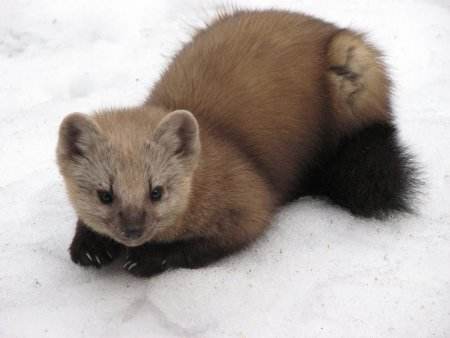
Martes zibellina
Sable, black sable, Japanese Sable, wood marten, marten, marten, red sable, big leaf
Sables are small to medium-sized mammals with 19 subspecies.Sables are good ···
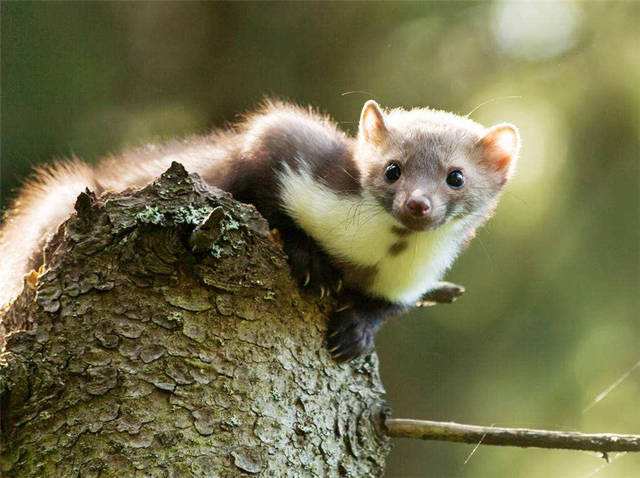
Martes foina
Stone marten, rock marten, snow-sweeping marten, beech marten, raccoon fox
The stone marten is a small to medium-sized mammal of the genus Marten, and ···
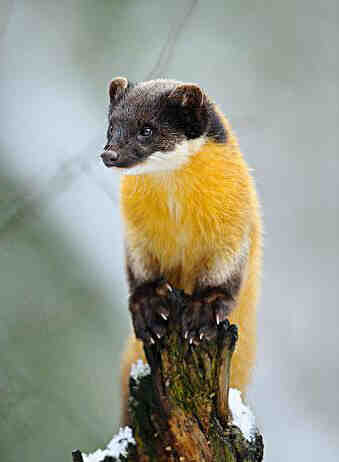
Martes flavigula
Yellow-throated marten, blue weasel, honey dog, yellow-waisted civet cat, yellow-waisted fox
The yellow-throated marten is an animal that lives in forest areas. Due to t···

